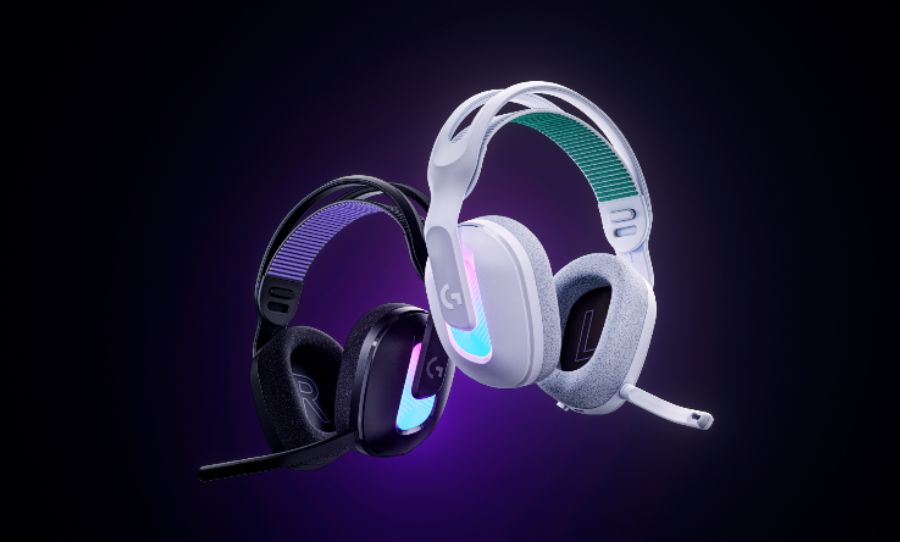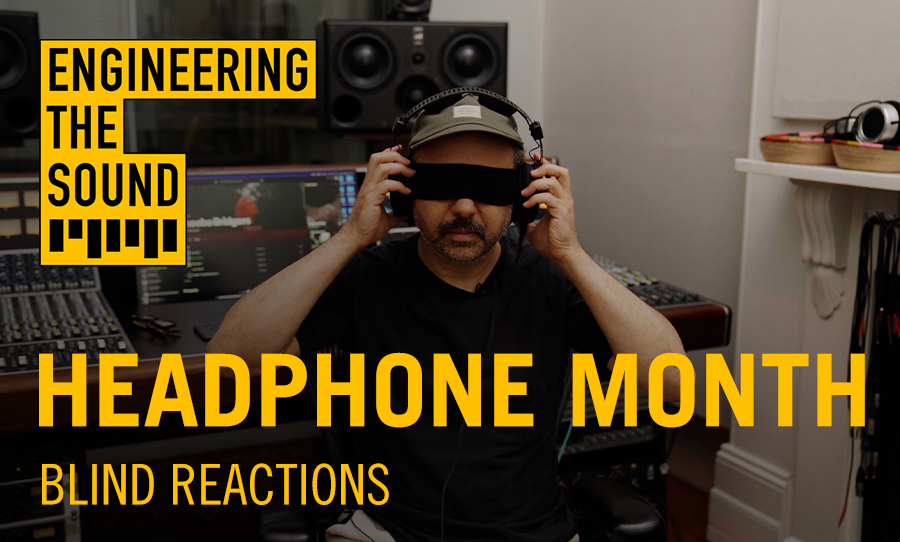Ask any audiophile: it’s almost impossible to satiate the thirst for gear. There’s always another plugin, synth or workstation that’s going to elevate their game to the big-league level. It’s harder to get excited, however, about the most important factor in the audio signal path: ear health.
Though we tend to take our ear health for granted, keeping this sense functioning at an optimum level is important for a fulfilling life enjoying sound. So let’s explore the methods and some of the gear available to ensure you’ll be listening with precision even as your hair turns grey.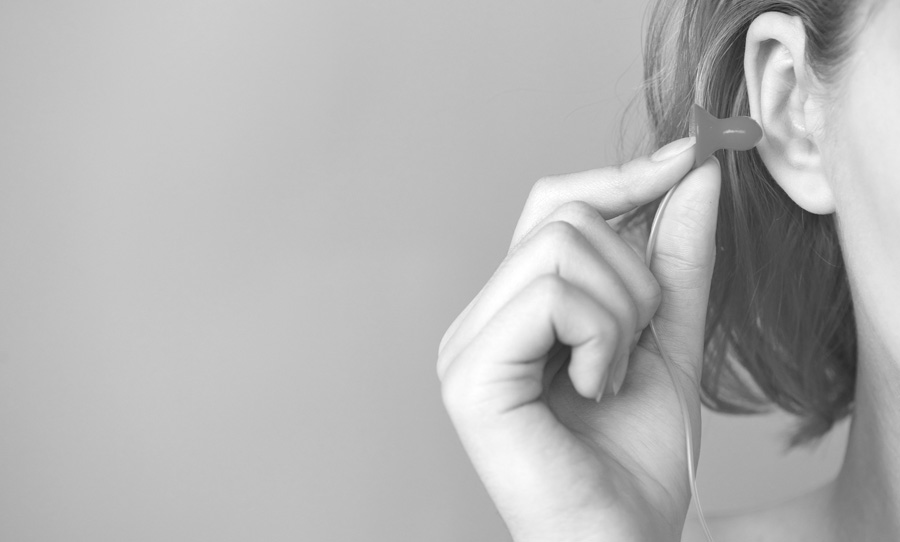
Though we tend to take ear health for granted, it’s impossible to understate its importance. Check out 5 tools that are designed to protect your most valuable audio asset.
Earplugs
When you leave the studio for the day and go to see your favourite band at a live venue, protecting your ears can sometimes be the last thing on your mind. But it’s all too apparent when you step into the venue and you’ve forgotten to bring your trusty plugs. Oops.
Fortunately, there’s a variety of earplugs that come in all shapes and sizes, depending on your needs. You can buy a variety of them by the box load from companies like 3M, but if you feel like something more customised for you, Earmold Australia has a selection that uses silicon to conform to the contours of your ear.
In-Ear Monitors
Traditionally, the rock stage has been a very noisy place indeed. On a big stage, with space to roam, it’s not uncommon to a foldback wedge (or two) for each member of the band. The drummer can get a dedicated drum fill (a full range, large speaker, more like a P.A. stack) right next to them. Ouch.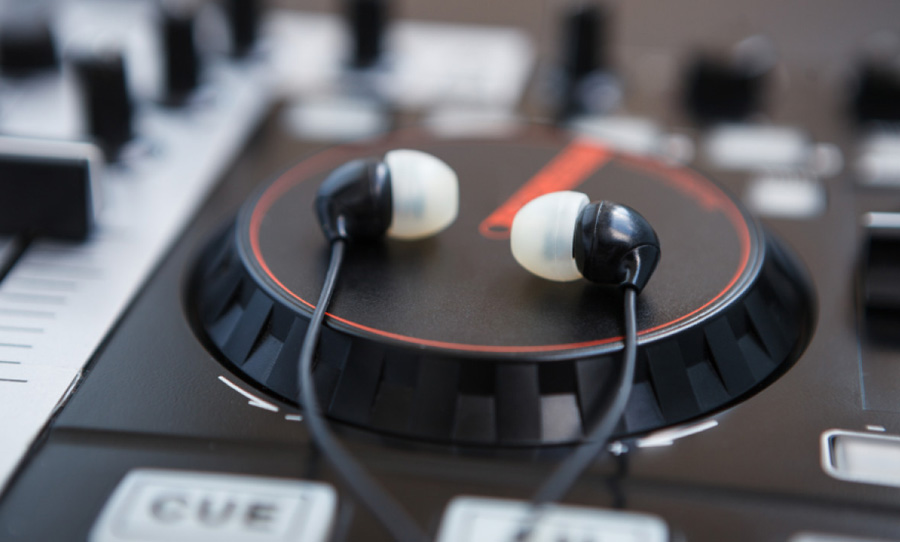
On the small stage, wedges are still there but typically angled towards the knees of the musician, because there simply isn’t enough space to direct them toward the ears. If and when they are aimed at the ears and microphones: hello feedback. And not in a cool, Jimi Hendrix way.
In recent times, in-ear monitors (IEM) have increasingly become the standard for professional monitoring on stage. The manifold benefits include precise listening for the musicians, the negation of feedback loops and the ability to keep stage levels down to a dull roar.
As they are catered to a more professional crowd, heavy hitters in audio like Shure and Sennheiser have a broad range of models available for many applications and budgets. Whereas Australian manufacture Pacific Ears provides in-ear monitoring at a higher price but to a boutique audiophile level of quality.
Headphone Volume Control
Younger music fans are also worth considering in the quest for ear health. Ear damage can be debilitating and for sensitive young ears, so it pays to keep the volume at a sensible level.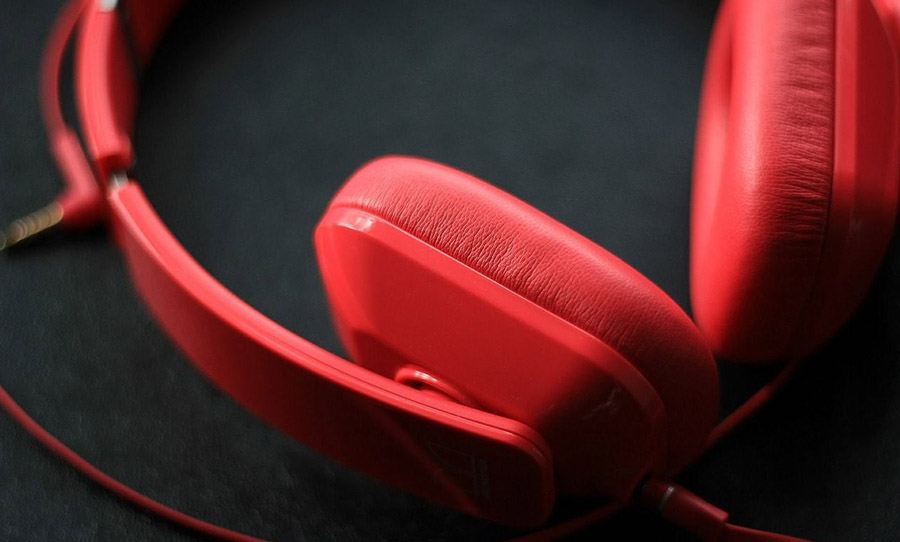
Headphone manufacturers, like JBL and Moki make cans that have sensible decibel levels so youngsters are prevented from doing any damage, even if they crank it up to eleven.
Even if you only have access to regular headphones though, all is not lost. There are inline attenuation adaptors like this one, that limit the volume of the headphones to 80% of their maximum. Whichever option you choose, it’s a sage investment to invest in ear health from a young age.
Noise-Cancelling Headphones
Noise-cancelling headphones have taken the world by storm in recent years and it’s not hard to see (or hear) why. Plug in, turn on your favourite music and magically switch off the rest of the world. What’s not to like?
The added benefit of noise-cancelling headphones is that you don’t need to crank up the volume of your chosen sound in order to compete with extraneous ambience. Therefore, it’s less fatiguing for your ears.
Being such a popular option, many manufacturers have jumped on the noise-cancelling bandwagon. Brands like Audio-Technica have extensive options for avoiding the noise. Australian company Audeara have gone a step further in protecting ear health, creating noise-cancelling headphones that ship with a listening test so that the headphones transmit audio that maximises clarity, not volume, for the user.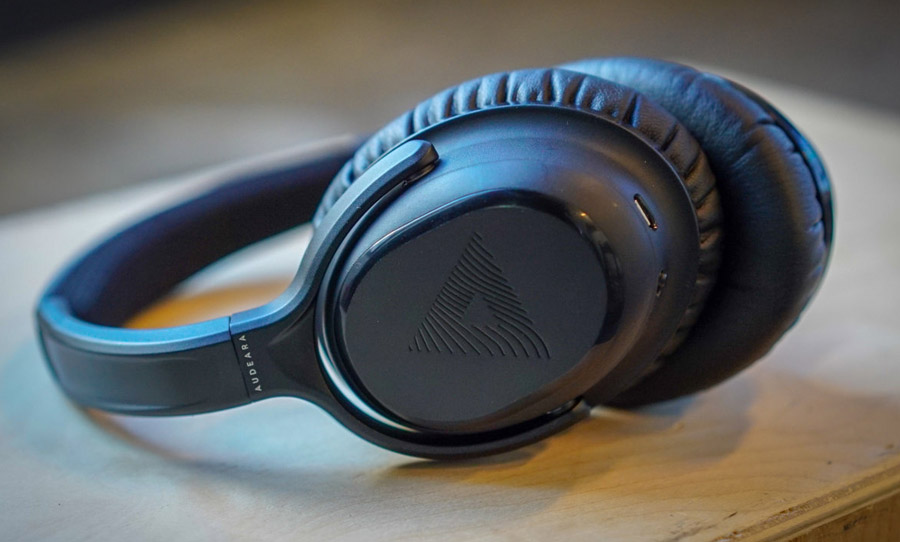
Small Speakers
If you’re working with audio from home, you’re most likely going to be in modestly-sized space. For a number of reasons, it’s important to scale down monitoring accordingly. There are some acoustic factors at play, including reflections and bass-oriented issues like room modes to contend with. Importantly, though, ear health should also be taken into account.
A smaller room often means a smaller desk and the likelihood that you’ll be closer to your monitors than you would be in a spacious, professional control room. Thus, having smaller monitors and listening at a controlled level will also prevent fatigue.
Many companies stock a full range of monitors to suit a variety of listening environments. Genelec is famous for being able to shrink their speakers while still reflecting the breadth of the frequency spectrum. IK Multimedia has also made waves in this space with their iLoud Micro Monitor range. 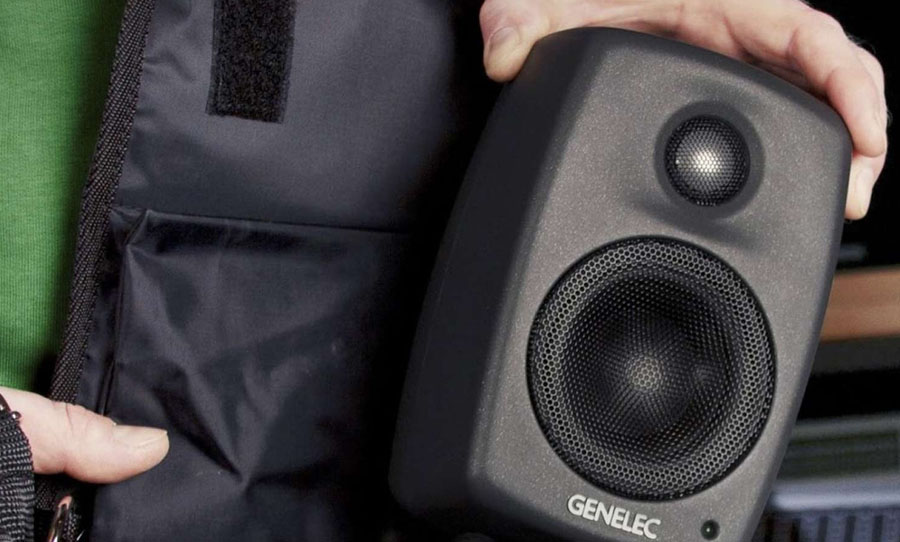
It’s hard to mistake the feeling of ear damage after a loud experience. The ringing, the pain and the regret. With a range of common-sense tools that are designed to protest your hearing, you can still enjoy your craft, or listen purely for pleasure, without suffering the consequences.

